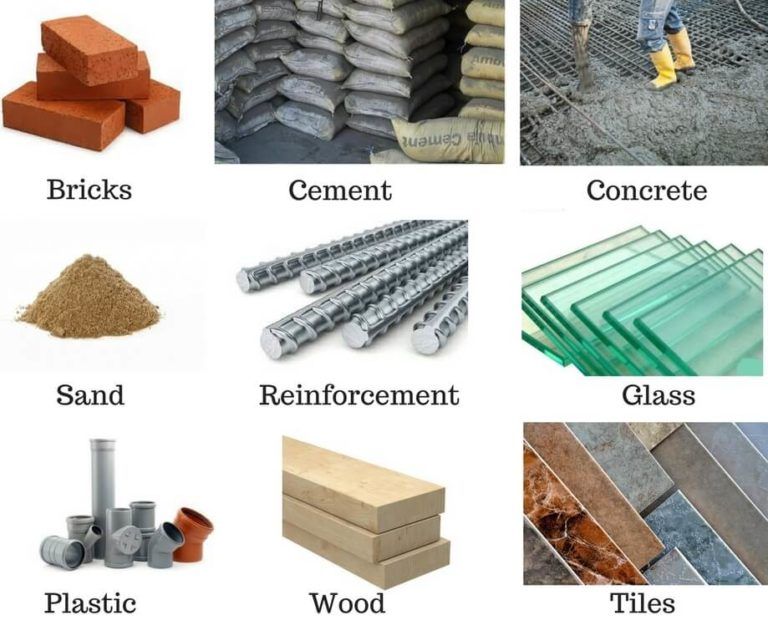The Importance of Sustainable Construction Materials
Construction plays a significant role in shaping our environment, and the materials used in the construction industry have a major impact on sustainability. Sustainable construction materials are crucial in reducing the environmental footprint of buildings and ensuring a greener future for generations to come.
1. Recycled Materials
One of the most effective ways to promote sustainability in construction is by incorporating recycled materials. Recycled concrete, for example, can be used as an alternative to traditional concrete, reducing the extraction of raw materials and decreasing waste sent to landfills. Additionally, using recycled steel and reclaimed wood helps conserve natural resources and reduces energy consumption during the manufacturing process.
2. Renewable Resources
Utilizing renewable resources is another key aspect of sustainable construction. Bamboo, for instance, is a rapidly renewable material that can replace traditional timber. It grows quickly and requires minimal resources, making it an eco-friendly alternative. Similarly, cork, which is harvested from the bark of cork oak trees, is a renewable material that can be used for insulation, flooring, and wall coverings.
3. Energy-Efficient Materials
Energy efficiency is a crucial factor in sustainable construction. By incorporating energy-efficient materials, such as high-performance windows, insulation, and reflective roofing, buildings can reduce their energy consumption and reliance on fossil fuels. These materials help maintain comfortable indoor temperatures, reducing the need for excessive heating or cooling.
4. Low Carbon Footprint Materials
Reducing carbon emissions is essential for combating climate change. Sustainable construction materials with a low carbon footprint, such as recycled steel, fly ash, and reclaimed bricks, help minimize the environmental impact of construction projects. These materials require less energy during production and emit fewer greenhouse gases compared to traditional alternatives.
Conclusion
Incorporating sustainable construction materials is crucial for promoting environmental responsibility within the construction industry. By utilizing recycled materials, renewable resources, energy-efficient materials, and those with a low carbon footprint, we can create buildings that are not only aesthetically pleasing but also environmentally friendly. The use of sustainable materials in construction contributes to a greener future and ensures the well-being of our planet for generations to come.
